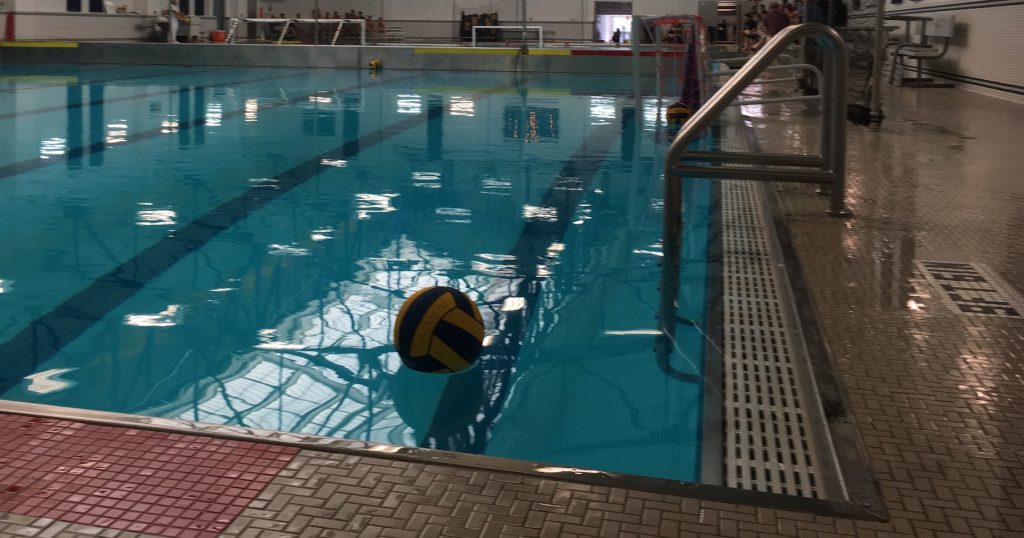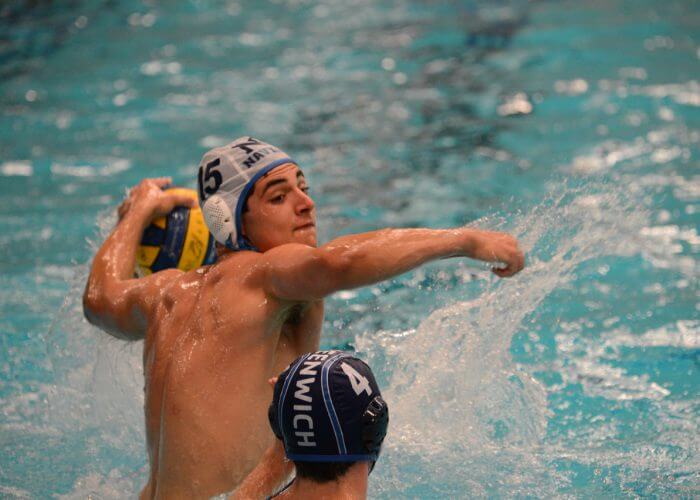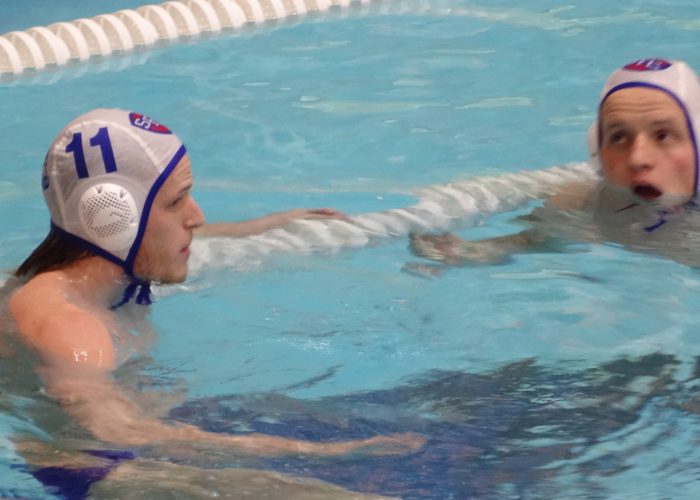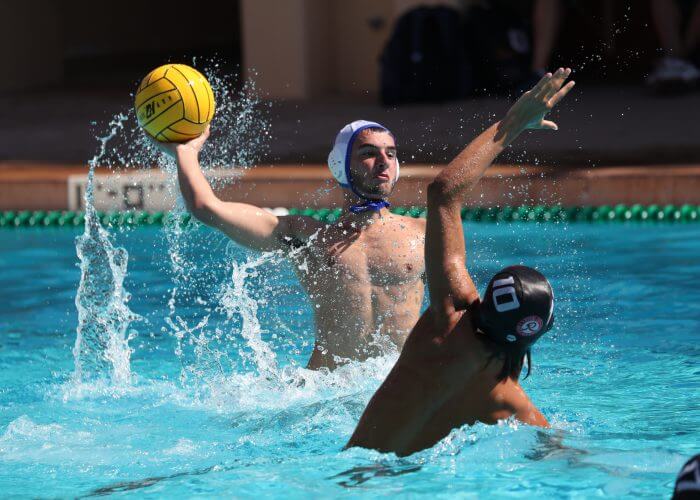The UIL Has Approved High School Water Polo in Texas. Now What?

By James Smith, Editor and Publisher of Total Waterpolo and TX Waterpolo
 Some of the state’s most embedded water polo advocates address many of those questions in our
Some of the state’s most embedded water polo advocates address many of those questions in our St. Mark’s has won a bucket-load of state championships. Will they and other small schools be allowed to compete under the UIL?
Why is it a “pilot” program?

Photo Courtesy: Gerry Lindner
And the UIL understandably takes its sweet time to make decisions. It’s taken ten or 20 years, depending on how you count it, for water polo to gain the UIL stamp of approval, and only after some close monitoring of how TISCA Water Polo managed the game. And, let’s just say the UIL is not particularly interested in activities that will become a dire financial burden.
Why is it in the fall?
- Swimming & Diving
- Wrestling
- Basketball
- Soccer
- Tennis
- Golf
- Track & Field
- Softball
- Baseball
- Team Tennis
- Cross Country
- Volleyball
- Football
Won’t the fall water polo season clash with the high school swim season?

Liam and Jonah Veazey—from Texas to Brooklyn. Photo Courtesy: St. Francis Brooklyn Athletics
As for facilities, that’s an issue. If swim and water polo are running concurrently, who gets pool time and when? Well, it’s not like this is the first time the issue has arisen. Raise your hand if you’ve never experienced pool allocation conflicts in your aquatics experience.
What’s happening with referees?
Will the UIL adopt USA Water Polo rules?

Photo Courtesy: Catharyn Hayne
One of the hushed truths about the NFHS – and the NCAA for that matter – is they don’t much like FINA rules, and USA Water Polo rules are influenced by FINA’s. So, of course the NFHS could be swayed to change rules based on the experience of USAWP clubs, but it would only be tangential. They’ve done it in the past but are pretty fiercely independent of Olympic sport organizations.
What can my high school team expect now that the UIL has added water polo?
- Coaches will be paid by the school or district, just like any other athletic coach.
- All head- and assistant coaches must be full-time employees of the school or district they represent, like in other UIL sports.
- The championships will be final four tournaments just like basketball. Each regions’ winners, girls and boys, will be seeded and meet for a four-team tournament, making for more drama at regional championships.
- Teams will be funded by their schools. How much depends on the school or district. Booster clubs will have to follow UIL rules and will likely become more prominent in fundraising for water polo (some of them are absolutely huge in California, for example).
- Water polo will become part of the school’s curriculum and its schedule will be managed by the school’s leadership and athletic department.
- No more consolidated or co-ed teams, as currently exist in the North and West regions. Junior varsity teams will likely crop up more often.
- You
might have to buy new caps (three sets of numerals, not two).



